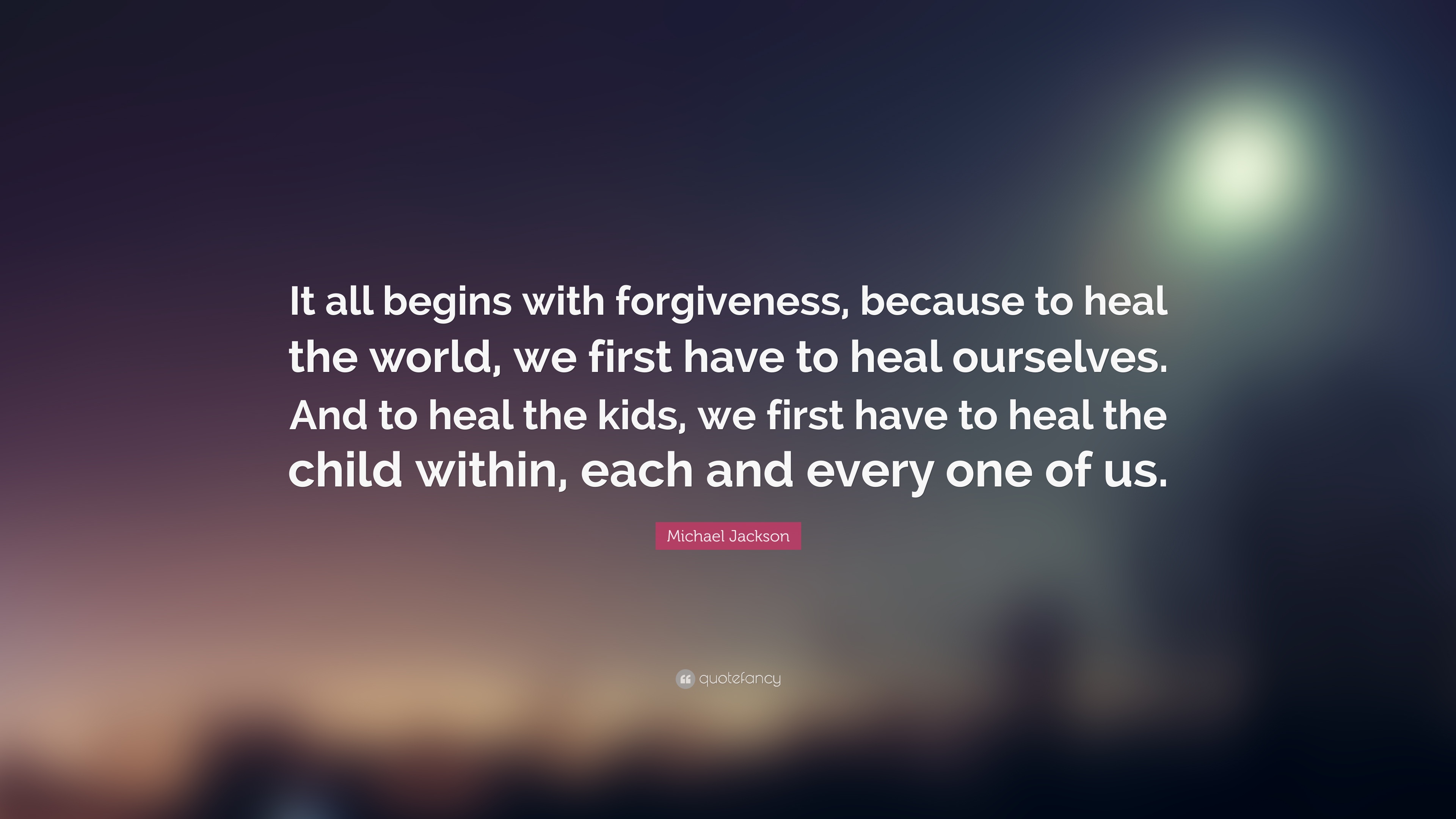A further studying of Computational Sustainability
Computational Sustainability: Relevant to Most Modern Fields
1. Introduction
Computational sustainability, which I have introduced in my previous posting, is a combination of math and sustainability. Since I’m a math student and I love computers, I’m curious about what computers can do for sustainability. Several months ago, I began to search this on Google where I found the definition of computational sustainability. After that, I found this article and obtained more information. From the article, I learned what we really need to do for a better world.

2. Summary
In “Computational Sustainability: Computational Methods for a Sustainable Environment, Economy, and Society“ (2011, Ithaca, New York), Carla P. Gomes in Cornell University claimed the idea of computational sustainability in detail. Before proposing the definition, he told us that there was a dramatic growth using natural resources, leading to a rising alarming level. To be honest, people have concerned about this since 1987, even including the United Nations. However, how does the issue concerns with math? In modern times, to make decisions relies on computers, which brings a new field, i.e. computational sustainability. It is because modern projects contains a big data and complicated models. To further demonstrate how computers develop now methods to help, the author described several modern cases and I list them as follows:
- Biodiversity and Species Conservation:
- For example, researchers formulated connection sub-graph problem in order to choose animals’ conservation site optimally with limited resources.
- Natural Resource Management:
- Mostly we have to build a special dynamic system, usually nonlinear. In this case, we rely on computers to help us analyze the system in terms of long-term stability and possible bifurcation properties. These are actually the insights of the dynamic system.
- Balancing Socioeconomic Needs and the Environment:
- It tends to be a predictive problem. To study such systems, researchers usually developed a machine learning model and generate a huge amount of key parameters, further made predictions quite accurately.
- Increasing Energy Efficiency and Renewable Energy (A big part):
- Usually researchers developed a complexed sensor system to collect data. In order to maximize the information, they need to solve some kind of complex optimization problem. Optimization is basically difficult because they need to choose an optimal algorithm and do marvelous calculation.
- Other Research Areas and Themes:
- This is a big question because computational sustainability is indeed an interdisciplinary term. Since experts in a wide range of fields come together and work for a same problem, we can foresee that it has still a long road to go.
At the end of the article, the author did a brief summary, which told us computational sustainability is a new field , including many fields, math especially. Since we can not avoid the big data or complex system in modern projects, we have to develop new methods or models using computer. Only with a more efficient and powerful method, we can manage to balance the allocation of environmental, economic and social resources.
Note: Since it’s not a short article, so I write a long section to sort out the roots and leaves (梳理脉络).
3. Response
Overall, I consider this article as a simple scientific passage because it mainly introduce some examples from different subjects. Nevertheless, it’s clear enough to explain what computational sustainability is. And what I appreciate a lot is that it tells us about how we apply that into modern projects. These examples illustrate what we can do on earth by combining sustainability with computer and further more, what we’re expected to do in the future.
Before I read about the fantastic combination, I have thought about the high performance algorithms, which is also a key component in achieving computational sustainability. Although there’s still a long way to go, I prefer to work for a better world.
Lastly, I’d like to mention Georgia Tech’s 22nd Annual Earth Day Festival last Friday. I worked for the festival for 3 hours as a volunteer. I felt happy that more and more people joined the group of sustainability. So why not study more about sustainability? Even though you still don’t know what to do, just search what it concerns about your own major and make a little better world!

4. References
[1] Gomes C.P. (2011) Computational Sustainability. In: Gama J., Bradley E., Hollmén J. (eds) Advances in Intelligent Data Analysis X. IDA 2011. Lecture Notes in Computer Science, vol 7014. Springer, Berlin, Heidelberg
[2] Gomes, C.P.: Computational Sustainability: Computational methods for a sustainable environment, economy, and society. The Bridge, National Academy of Engineering 39(4) (Winter 2009)
[3]Liu, M. (2019). A Brief Studying of Computational Sustainability - Max Liu’s Blog | Github Blog. Retrieved from https://maxliu245.github.io/2019/04/14/A-Brief-Studying-of-Computational-Sustainability/
Notations
- The big data picture comes from wikimedia, which is an open source.
- The “MJ heal the world“ picture comes from the Internet, which is an open picture website “quotefancy”.
- The header image is free to share given by Klevis Ramo.